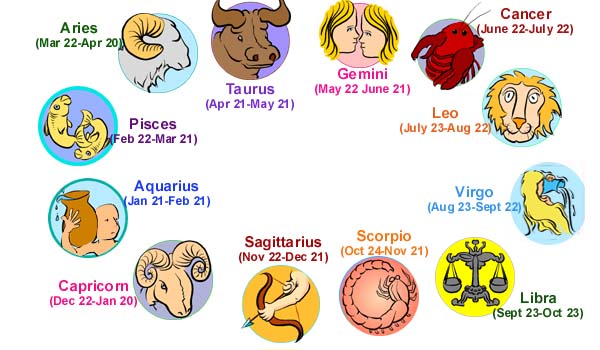One day in class, the topic of a cocaine vaccine was very briefly mentioned, but I was highly intrigued by it. Scientists question the effectiveness of this vaccine if it were to come onto the markets and how one would go about the process of creating such a vaccine.
Dr. Ronald G. Crystal from Weill Cornell Medical College believes he’s figured it out. He stated, “The vaccine eats up the cocaine in the blood like a little Pac-Man before it can reach the brain.”
Some drugs’ negative side effects outweigh the positive ones, but the outcome for this one sounds stupendous. The Fix states. “According to The National Institute on Drug Abuse, more than 1.9 million Americans used cocaine in 2009, with more than a million of those classified as cocaine abusers. If Crystal’s new cocaine vaccine is proven effective, the impact of reducing that number by even five percent would be impressive.”

Within Crystal’s studies that he conducted, he used animals. When the mock antibodies were placed into test tubes that possessed cocaine, the antibodies clung to the cocaine molecules and literally “gobbled” up the cocaine. As a result, the cocaine molecules increased and couldn’t even cross over the blood-brain barrier.
In the next part of the research, he determined that only approximately 20% of the cocaine was able to get through the blood-brain barrier and cling onto the dopamine transporters of those vaccinated. And at 20% there were very little “intoxicating effects” on the animals. The drop in these animals made Crystal believe there was hope for human beings in the battle of cocaine addiction.
“This is a direct demonstration in a large animal…that we can reduce the amount of cocaine that reaches the brain sufficiently so that it is below the threshold by which you get the high,”
-Crystal
(Sniffing Coke? Get it?)
But, there are a few downfalls to this vaccine. Critically thinking, how many drug users themselves are going to buy this vaccine? A drug addict isn’t worried about spending money trying to better themselves, they want to spend money to get their next high. And depending on the environment, the user would be more likely to stick to their ways than to stop. The relapse rate (for the first 12 months) for cocaine addicts lies at 55%, and a vast 85% for crack addicts. As a result, is it not a possibility that Crystal and everyone who is spending money – hundreds of thousands, or even millions of dollars on this vaccine just going to lose money?
The next question is the effectiveness of the vaccine – how often must it be taken? How long does it last for? Well, in mice, the first time Crystal found 13 weeks maximum and the second time 7. He assumed that the results would be similar for humans.
Will this vaccine come to light in the future and actual be available for friends, family members, and citizens who battle with a cocaine addiction? Who knows.
http://www.thefix.com/content/let-us-all-now-vaccinate-against-cocaine




















